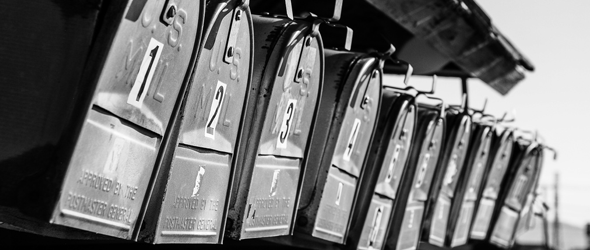By the first or second week of February, you should have received informational statements from every employer you worked for last year.
You should have also have received statements from places that paid you or to whom you made tax-related payments.
By keeping these forms handy and grouping them by type, you can make preparing your tax return a cinch.
Here are the most common tax forms you may receive:
Form W-2, Wage and Tax Statement
This is the form you’ve been waiting for, showing your total wages and income tax withholding for the year. For some people, this may be all they need to do their taxes. For the rest of us, Form W-2 is just the beginning.
Form 1099-MISC, Miscellaneous Income
If you do freelance work or contract labor during the year for other businesses, the IRS requires those businesses to send you Form 1099-MISC by the end of January. You should receive it shortly thereafter.
You must report all business income, including cash or barter payments, regardless of whether you receive a Form 1099-MISC.
1099-G, Certain Government Payments
If you receive unemployment compensation benefits, you’ll find them reported on Form 1099-G. You must include unemployment compensation in your taxable income.
You’ll also receive Form 1099-G if you received other government payments, most notably state tax refunds. State tax refunds may not seem like payments, but they must be added to your income if you previously benefitted from a deduction for the state tax paid.
When you enter your information in TaxACT, the program determines if your state tax refund is taxable.
Form 1099-K, Payment Card and Third Party Network Transactions
If you accept bank cards in your business, the bank reports your total bank card revenue on this form.
Form 1099-R, Distributions From Pensions, Annuities, Retirement or Profit-Sharing Plans, IRAs, Insurance Contracts, etc.
Retirement income and retirement plan distributions are reported to you on Form 1099-R. If the financial institution calculates the taxable portion of your distributions, they report it on this form as well.
1098-E, Student Loan Interest Statement
You can generally deduct your student loan interest. This statement shows how much student loan interest you paid during the year.
Form 1098-T, Tuition Statement
If you paid for post-secondary education, you should receive this form with the amount of tuition and other expenses you paid. Based on these expenses, you may qualify for tax credits or a deduction for yourself, your spouse, or a dependent.
Form 1099-DIV, Dividends and Distributions
Form 1099-DIV reports how much you received in dividends and other distributions. It also reports the portions of those dividends that are qualified dividends or capital gains distributions and thus are taxed at the lower rates for long-term capital gains. It also reports other important tax information.
Your brokerage or other institution may use a form that looks different from the one the IRS provides, but the information is the same.
Don’t worry if Form 1099-DIV shows terms such as “Unrecap. Sec. 1250 gain.” All you need to do is enter the info in TaxACT, and the program will report each amount in the correct place on your return.
Form 1099-INT, Interest Income
You’ll receive this statement from banks, brokerages, and other institutions that pay you over $10 in interest for the year.
You must report and pay tax on interest, regardless of whether you receive Form 1099-INT.
Form 1098, Mortgage Interest Statement
Your mortgage interest statement shows the amount of interest you paid during the year, as well as property taxes your bank paid from your escrow account.
Schedule K-1
This form can include income, deduction, and other tax items from a partnership or other pass-through entity. You may have to wait for your Schedule K-1 because it can only be sent after the entity’s tax return is completed.
Do you prefer to start your return when you get your Form W-2, or do you wait until you have all your forms?
Photo credit: r.nial.bradshaw via photopin cc





